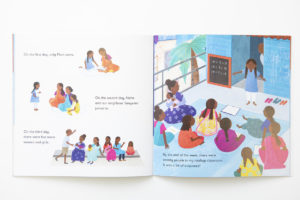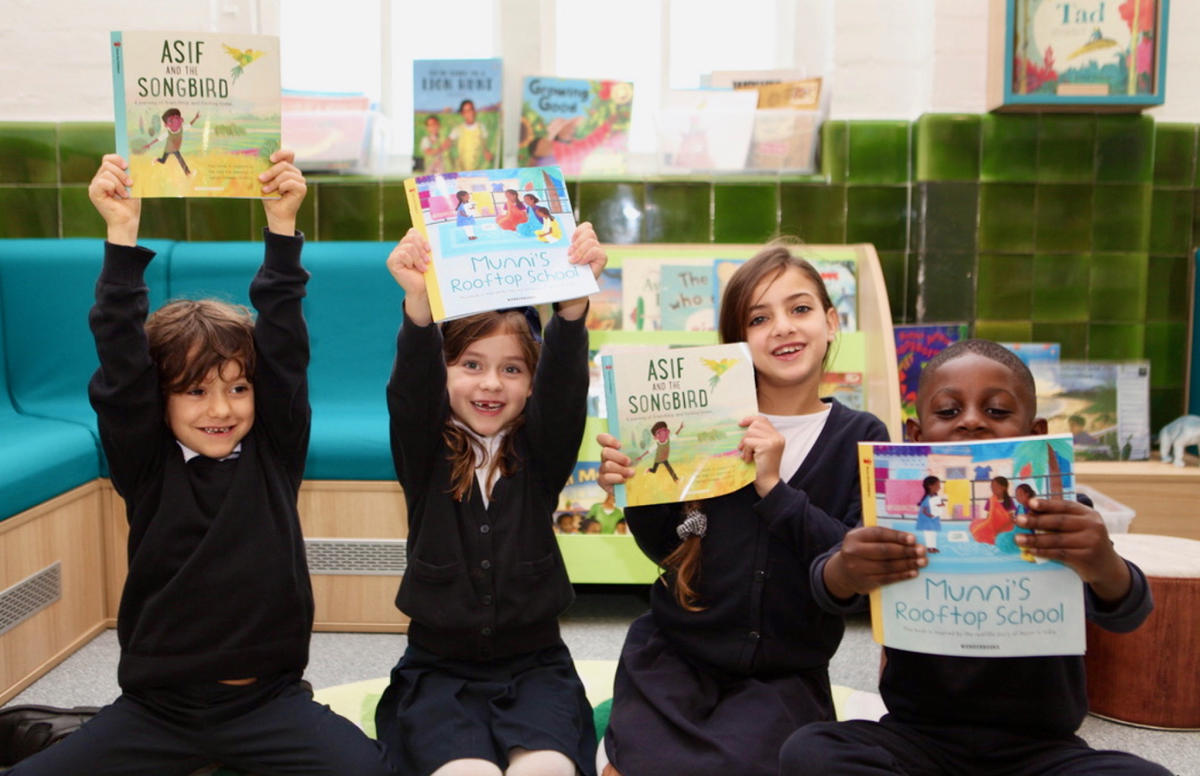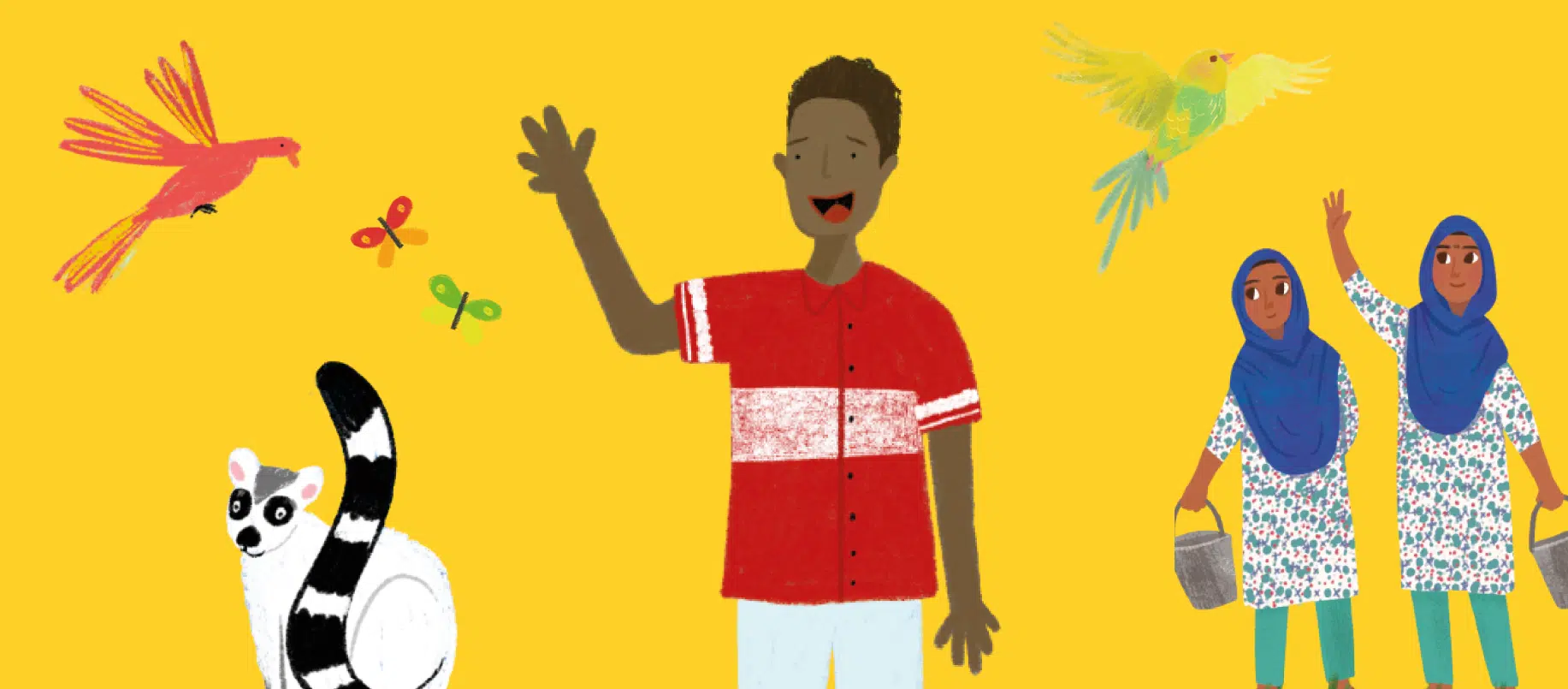If they can see it, they can be it…
Children need role models in their books. If children can’t see themselves in a story’s character, how can they relate?
It’s been refreshing to see that recent movies like Disney’s Encanto and Pixar’s Turning Red feature characters from more diverse backgrounds. Books, too, have a wider range of topics and have moved on somewhat from princesses, knights and wizards.
But the question remains – is diversity in children’s books where it should be? Is it representative of society and the little readers? Let’s recap.
How is ethnicity represented in children’s books?
A report by the Centre for Literacy in Primary Education (CLPE) revealed that 5% of children’s books released in 2019 had an ethnic minority main character. This is a stark improvement from 1% in 2017. As a comparison, 33.5% of the UK school population were of minority ethnic origins, so there is still a huge gap. On the other hand, 38% of children’s books featured animals as main characters. Thus children are almost eight times as likely to encounter an animal than a human main character who isn’t white! An emphasis on animal characters is distracting, and diverts everyone from addressing the issue of under-representation of ethnic minorities.
We are on the right path, but we still do not see enough multicultural books to reflect the diversity in our society and that needs to change.
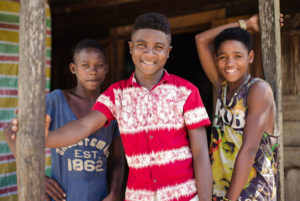
Where are the girls in the books?
Another major recent study has shown that while gender bias in children’s books appears to have declined significantly over the years, it still exists. It found that the male-to-female ratio of protagonists varied according to author gender, age of the target audience, character type, and book genre.
Over the last decade the representation of male heroes compared to their female leads, was at a ratio of 1.2 to 1. Interestingly, the study finds that this representation was also not uniform. For example, male authors were much less likely than female authors to feature girls as their protagonists. In fact, male authors were three times more likely to write a male protagonist than a female one.
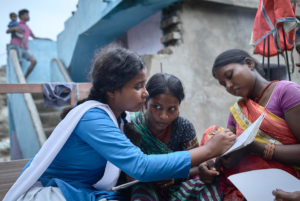
How is disability represented?
According to the Cooperative Children’s Book Center’s 2019 study, only 3.4% of children’s books have disabled main characters. Compare this statistic from Scope that 9% of children in the UK have a disability.
Teen blogger Megan advocates that disability does not define her – she is a daughter, student, friend too, she just happens to use a wheelchair. She makes an excellent point: how many disabled characters can you name off the top of your head. Probably not that many…
The children’s book industry needs to do better to break the stereotypes and normalise our perception on children books protagonists. There is scope to portray the myriad of ways children exist and interact with the world. Ways that many children experience themselves or know someone who does.
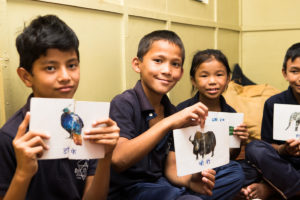
What are Wonderbooks?
At Save the Children we stand for every child. Diversity and inclusion are two of our key pillars and amplifying children’s stories is crucial to our work. Our children’s book subscription, Wonderbooks, was born from real life stories and inspired by the children we work with around the world. Children are children, no matter their background or physical abilities. So don’t just take our word for it and check out Wonderbooks. Whether it’s Seima in Cambodia saving the day, or Munni inspiring girls to learn in India, or Maryam in Nigeria speaking out against child marriage. They are our true heroes.
